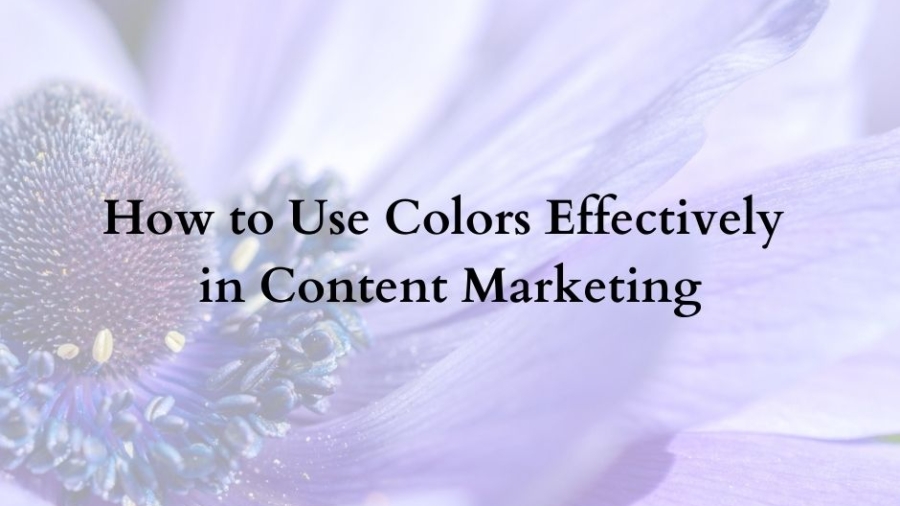
Color in content marketing influences how we view our surroundings and elicits emotions from us.
40,000 years ago, artists created a basic palette by combining chalk, charcoal, soil, and animal fat. They’ve been using them to evoke moods and feelings ever since.
Think about the Coca-Cola logo. Its shade of red emphasizes its youthful, exciting, and bold persona. 40% of other corporations use shades of blue to highlight trustworthiness. McDonald’s uses a warm yellow for its “M” arch, symbolizing optimism and warmth.
Color use in content marketing goes far beyond logos. 85% of shoppers place color as a primary reason why they buy a particular product. Also, 93% of consumers place visual appearance and color above all other factors when shopping.
When considering marketing goals, it’s vital to choose colors that align with them. When done well, this will attract more leads and enhance your brand’s appeal.
Warm and Cool Colors

Warm Colors
Associated with autumn, warm colors like reds, yellows, and oranges create emotions of optimism and energy. For example, Lego’s red design is fun and playful, while Fanta’s and Nickelodeon’s bright oranges are full of personality and excitement.
Cool Colors
On the opposite side of the color wheel, cool colors—blues, greens, purples, and pinks—are calm and relaxing. For example, Asprey’s quintessential purple branding appears in headings, footers, and product backdrops all throughout their site. Starbucks uses green in its company logo and website design to emphasize the earthiness of its brand.
Black and White
Black
Symbolizing class and luxury, black never goes out of style. However, it can overwhelm the eye if overused. When paired with white, it represents balance, akin to ‘Yin and Yang.’ Black also has a slimming effect, making it popular in fashion.
White
White often sparks creativity because it acts as a clean slate or blank canvas, and emphasizes light and neutrality when paired with black.
The University of Chicago Press states that “black-and-white images can lead consumers to focus on the abstract, essential, and defining components of a product. In contrast, color images can draw attention to the concrete, sometimes unimportant, and idiosyncratic features of the product.” For some brands, black-and-white is all they need.
Color in Content Marketing: Value
Light and dark shades, or a color’s value, convey different meanings.
Part of what makes blue so popular in Fortune 500 world is its versatility. Darker blues, like navy, convey importance and authority, while lighter shades, like cerulean, are calming and peaceful. By manipulating color value, you can elicit a full gambit of emotions in your design.
Monochromatic and Analogous Color Schemes
Monochromatic Designs
Monochromatic designs create balanced interfaces focused on user experience by using varying shades of a single color. They are simple yet effective and easy on the eyes.
Analogous Color Schemes
Analogous color schemes give a similar feel to monochromatic design but offer more variety, sophistication, and depth to your palette. These colors sit next to each other on the color wheel, such as red and orange, or blue and violet. Grouping analogous colors together results in harmonious designs.
Complementary Color Schemes
Complementary color schemes use colors on opposite ends of the color wheel. In its simplest form, complementary colors consist of the primary colors + the secondary color that isn’t used to make that secondary color.
- Blue and red make purple, so purple’s complementary color is yellow.
- Red and yellow make orange, so orange’s complementary color is blue.
- Blue and yellow make green, so green’s complementary color is red.
Complementary colors can be dynamic and pleasing to the eye. Instead of their harmonious analogous counterparts, complementary colors demand attention and play off each other’s intensity.
Color in Content Marketing
By understanding the psychology of color in content marketing, you can create designs that are visually appealing and emotionally resonant. The better you master color usage, the more you can intrigue and engage your audience.



